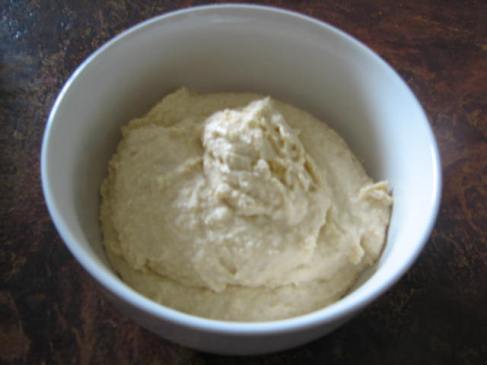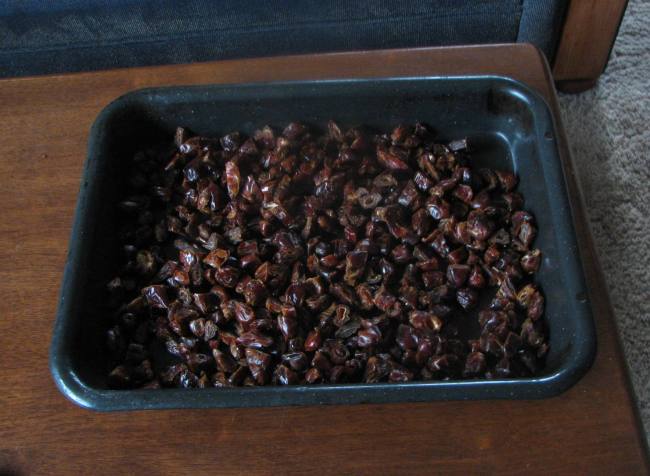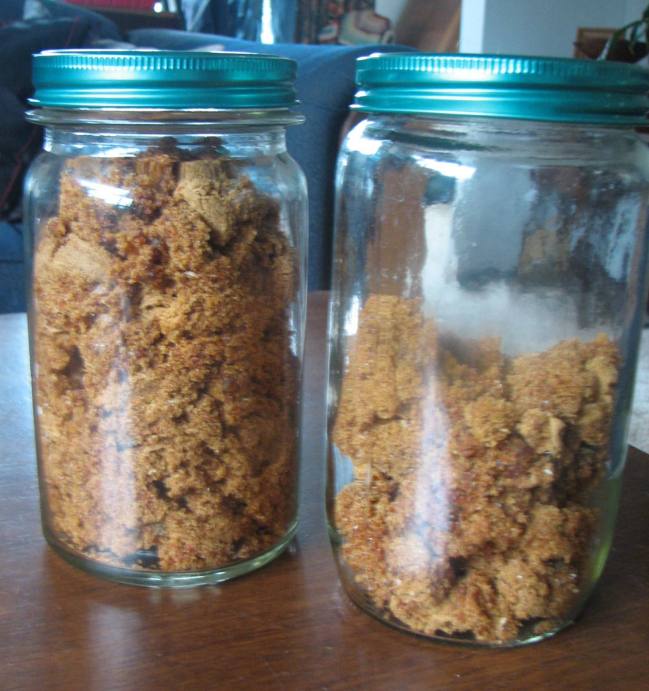And so it starts – all those tiny seeds planted in spring by an very exuberant husband pays off in a barage of “stuff to do something with” now. There is 2- 3 months ahead of me in food processing and most days I love it, some days I wonder why on earth we do all this. Once it’s all finished though and we get to step back and see the years food all sitting there, it’s a satisfying thing.The garden is flourishing and gaps have been newly planted for autumn, the last chance to grow for winter food – bar the raised garden of greens out in the front yard and “yay” the glasshouse this year.
Freezing eggs: We normally give surplus eggs away but have started freezing them for use over winter when laying is minimal. It makes no sense to give them away and buy over winter. Whole eggs can just be stirred (not whisked as it gives too much air) and frozen in ice cube trays or zip lock packages with the amounts on. Our eggs are quite large so two cubes equals one egg (for baking)
My provident journey did this post on freezing eggs which people might be interested in if wanting to freeze yolks and whites separately http://myprovidentjourney.wordpress.com/2013/10/07/provident-uses-for-your-freezer-eggs-other-things-i-havent-tried/
Beetroot/Beets:

Beetroot is one of our favourite vegetables to grow – I think so far we have planted over 200 or so with more to come. It’s easy, virtually disease and pest free, has a good leeway when it can be harvested so can be preserved when I have the time, both the bulbs and leaves can be eaten and it’s super healthy. We use it nearly every day either grated in salads, roasted, juiced (except I blew up my juicer forcing beetroot into it!) and we bottle heaps of it. It’s a good food to have in sandwiches through winter when tomatoes aren’t available. https://quarteracrelifestyle.wordpress.com/2013/03/02/spiced-beetroot-preserving-recipe/
Spiced Beetroot is a delicious recipe for bottling and we make it every year

Beetroot Chutney

The recipe for this I found at http://hopeeternalcookbook.wordpress.com/2009/10/30/beetroot-chutney/ I had never tried it before so made just one quantity to try it. This has alot of ginger in and is spicy/gingery. I like it but I don’t think hubby will. Note my labels 🙂 🙂 This is so the lady of the house who wears reading glasses but doesn’t bother when getting food from the pantry, doesn’t serve up feijoa jam to go with cold meat when we have guests….again! I needed something BIG. I found these labels and was rapt, they peel off so next season I don’t need to soak anything off. A bonus, and worth every cent.
My husband refuses to eat the leaves cooked (though he will eat small ones in a salad) but I saw this recipe earlier in the week and really want to try it, it looks utterly delicious http://backyardfarmer.co.nz/2014/01/28/ricotta-and-beetroot-tops-pasta-one-of-the-best-pastas-i-have-ever-eaten-and-i-have-eaten-a-lot-of-pasta/
Zucchini:

:):) Yep, we have a glut, especially as Roger planted 6 plants this year because he really likes the chutney I make and this vegetable is so versatile. We are giving it away left, right and centre lol. But I am freezing some, making heaps of the chutney because it gets ladled onto to everything all year long and we are eating it every night. I tried zucchini chips but they didn’t work out – I will try it again at some stage.

Yesterdays harvest minus the four marrow I gave away.
Raspberry Liqueur: A friend of ours who makes his own spirits kindly made us a batch of vodka. I would never buy vodka but wanted to try making my own fruit liqueurs and this is affordable and can be used with many different fruits. 1 lb of fruit, 3 cups of vodka and 1 1/2 cups of sugar. Leave to steep for a month, shake or stir regularly. Strain, sit a month then filter and rebottle, leave at least 3 months before drinking. Yep, I know….3 whole months!! I wonder if the same thing will happen that happened with our wine, drunk too soon but it was very good!

I have slowly been adding dried vegetables to a large jar of dried soup mix. We bought a metre and a half of aluminium fly screen netting to place on top of our oven racks and vegetables can be tried overnight at 50 – 60 degrees. I have done carrots, beans, onions, pumpkin to add too lentils, barley, herbs etc. This is slow going but given I used to buy a packet of stockpot mix as a base to each pot I made I figure at least I know what is in my homemade.































